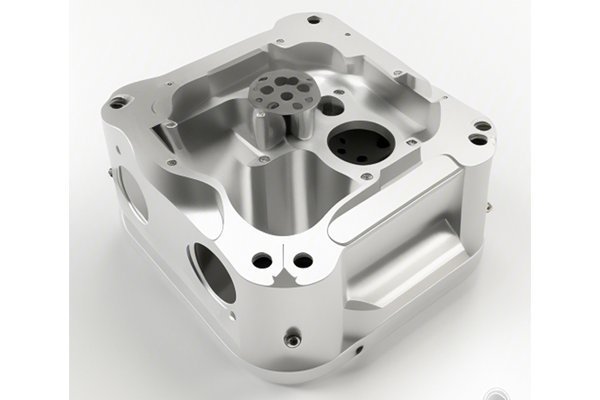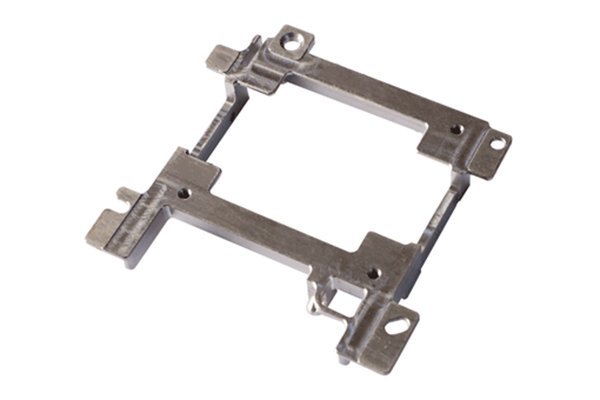Did you know that titanium is known for having the highest strength-to-weight ratio of any metallic element? As a result, it’s increasingly sought after in industries ranging from aerospace to medical applications. The challenge of machining titanium, however, can deter many manufacturers, given its unique properties that can cause significant wear on tools and affect overall production efficiency. Are you interested in learning how to optimize the CNC machining process of titanium parts? If so, you’ve come to the right place!
In this blog, we will delve into comprehensive strategies and solutions to ensure that your CNC machining processes are streamlined, efficient, and capable of producing high-quality titanium components. With extensive detail, we will cover everything from selecting materials and tools to advanced techniques for machining titanium successfully.
—
Understanding Titanium: Properties and Challenges
Before diving into optimization techniques, it’s essential to have a firm grasp of titanium’s properties and the challenges it presents during CNC machining.
The Unique Properties of Titanium
Titanium is characterized by:
Challenges in CNC Machining Titanium
While titanium’s properties are beneficial in end applications, they present several machining challenges:
—
Step-by-Step Guide to Optimizing CNC Machining of Titanium Parts
Now that we’ve established a solid understanding of titanium’s unique properties and challenges, let’s explore a step-by-step guide for optimizing the CNC machining process.
Step 1: Choosing the Right Tools
1.1 Tool Material Selection
Selecting the proper tool material is crucial when machining titanium. Consider the following:
1.2 Tool Geometry and Design
The geometry of your cutting tools also impacts performance. Features to consider include:
Step 2: Upgrading Machining Parameters
2.1 Spindle Speeds
Adjusting spindle speeds is vital for optimizing machining processes:

2.2 Feed Rates
Optimizing feed rates based on cutting conditions influences tool life:
Step 3: Implementing Effective Cooling Strategies
3.1 Fluid Use and Management
Choosing the right cutting fluid can significantly affect the machining process:
3.2 Thermal Management Systems
Consider integrating thermal sensors to monitor temperatures in real-time. This data can adjust coolant flow rates and machining parameters on the fly.
Step 4: Improving Chip Management
4.1 Chip Breakers
Using chip breakers can help to control chip size and improve chip removal efficiency. This reduces the chances of jamming and optimizes machining time.
4.2 Effective Routing Techniques
Incorporate effective chip routing systems to prevent long chips from wrapping around the tool or workpiece. This can ensure a cleaner workspace and improve overall production.
Step 5: Quality Control and Real-time Monitoring
5.1 In-Process Measurement Tools
Using advanced in-process measurement tools can improve accuracy. Automated monitoring can adjust machining parameters based on real-time data.
5.2 Regular Maintenance Protocols
Implementing a scheduled maintenance program can increase the longevity of both machines and tools. Keeping your CNC equipment in peak condition can drastically reduce machining errors.
Step 6: Post-Machining Treatments
6.1 Surface Finishing Techniques
Consider various surface finishing techniques:
6.2 Stress Relief Processes
Post-machining heat treatment can relieve any induced stresses from machining. This enhances material integrity and can improve fatigue resistance.
—
Optimizing the CNC machining process of titanium parts is no small feat but is essential for ensuring efficient production and maintaining high-quality standards. Through careful selection of tools, adjusting machining parameters, implementing effective cooling strategies, and employing robust quality controls, manufacturers can improve their machining outcomes substantially.
The importance of this process extends beyond immediate production benefits. With the growing demand for titanium in various industries, mastering its machining processes offers a competitive edge. By embracing these optimization techniques, you set the stage for better efficiency, cost savings, and ultimately, superior product performance.
In conclusion, as you navigate the complexities of CNC machining titanium parts, remember that the continuous pursuit of knowledge and innovation is vital. Take these insights into practice and witness the transformative effects on your manufacturing processes. The world of CNC machining is fast evolving, and staying ahead means staying informed. Let this blog be your cornerstone in the quest for machining excellence!






